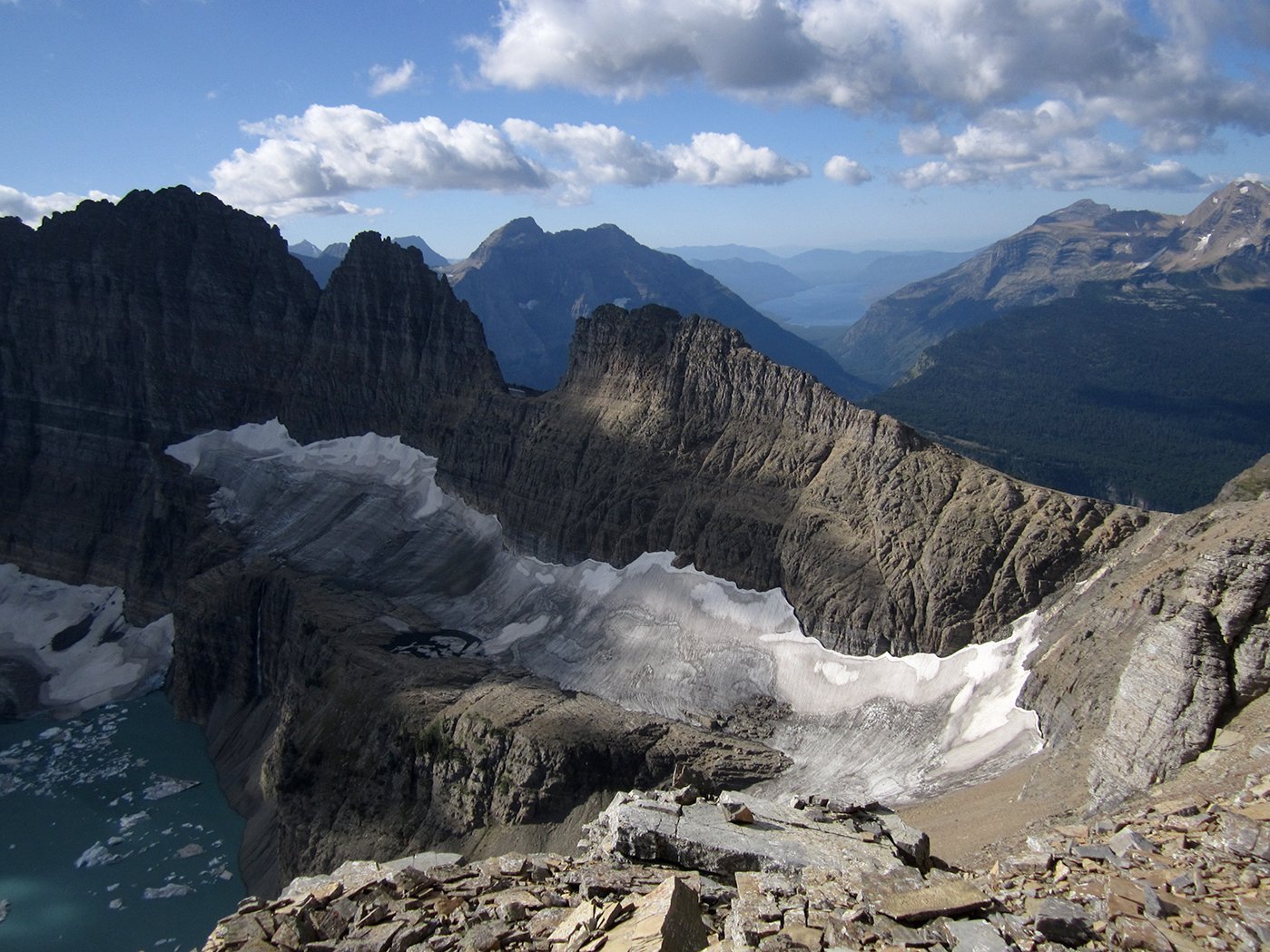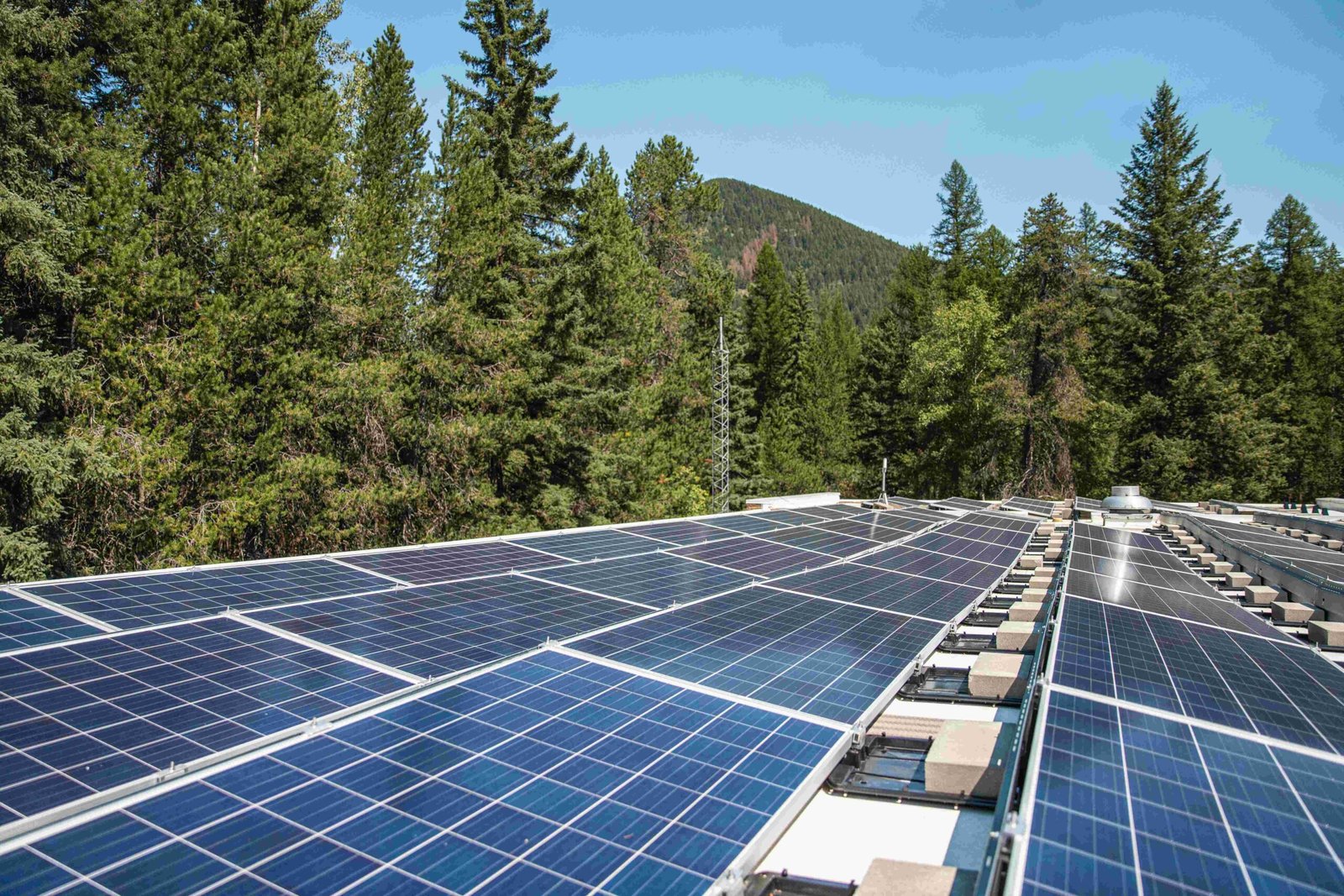The Hanging Gardens in Glacier National Park is a breathtaking alpine meadow located along the Hidden Lake Trail. This unique ecosystem showcases a diverse array of wildflowers, wildlife, and stunning mountain vistas. The trail, which begins at Logan Pass, offers visitors a chance to experience the park’s subalpine environment and witness the delicate balance of nature in this high-altitude setting. With its raised boardwalks and careful conservation efforts, the Hanging Gardens provides a rare opportunity to explore a fragile alpine habitat while minimizing human impact.
What Makes the Hanging Gardens Trail Unique?

The Hanging Gardens Trail, also known as the Hidden Lake Hanging Garden Trail, is a remarkable journey through Glacier National Park’s alpine meadows. Here are some key features that make this trail stand out:
- Trail Length and Elevation: The trail stretches approximately 1.5 miles with an elevation gain of 460 feet.
- Trail Design: To protect the delicate ecosystem, the path includes boardwalks, steps, and raised walkways.
- Scenic Views: Hikers are treated to panoramic vistas of the surrounding mountains and Hidden Lake.
- Diverse Ecosystem: The trail showcases a rich variety of alpine flora and fauna.
How Long Does It Take to Hike the Hanging Gardens Trail?

The hiking duration for the Hanging Gardens Trail can vary based on several factors:
- Average Time: Most hikers complete the 1.5-mile journey to the overlook in about 1-2 hours.
- Factors Affecting Duration:
- Fitness level of hikers
- Number of stops for photography or wildlife viewing
- Weather conditions
- Crowd levels during peak season
- Extended Hike Option: Some visitors choose to continue down to Hidden Lake, which can add several hours to the trip.
When Is the Best Time to Visit Hanging Gardens?
Timing your visit to the Hanging Gardens is crucial for the optimal experience:
| Season | Pros | Cons |
|---|---|---|
| Summer (July-September) | Peak wildflower bloom, best wildlife viewing | Crowded trails, potential for hot weather |
| Early Summer (June) | Snow receding, early blooms, fewer crowds | Some trails may still be snow-covered |
| Fall (Late September-October) | Fall colors, fewer crowds | Colder temperatures, potential for early snow |
For the best experience:
– Visit during summer months for optimal flora and fauna viewing
– Consider early morning or late afternoon visits to avoid peak crowds
– Check park updates for trail conditions and wildlife activity
What Flora and Fauna Can Be Seen in the Hanging Gardens?
The Hanging Gardens boast a rich biodiversity unique to alpine environments:
Flora:
- Western Pasqueflower
- Beargrass
- Indian Paintbrush
- Alpine Forget-me-not
- Glacier Lily
Fauna:
- Mountain Goats
- Bighorn Sheep
- Yellow-bellied Marmots
- Columbian Ground Squirrels
- Various bird species including American Pipits and White-tailed Ptarmigans
How Accessible Are the Hanging Gardens?
Accessibility to the Hanging Gardens involves several considerations:
- Parking:
- Available at Logan Pass parking lot
- Often crowded during peak season
-
Arrive early or use park shuttle services
-
Trail Accessibility:
- Boardwalks and wooden stairs may be challenging for some
- Not fully accessible for all mobility needs
-
Raised walkways help preserve meadows but can be narrow
-
Transportation Options:
- Accessible via Going-to-the-Sun Road
- Park shuttle services available, but may not go directly to trailhead
- Private vehicles allowed, subject to parking availability
What Conservation Efforts Protect the Hanging Gardens?
The National Park Service implements several measures to protect this fragile ecosystem:
- Raised Walkways: Prevent trampling of vegetation and soil erosion
- Educational Signage: Informs visitors about the importance of staying on designated paths
- Limited Access: Certain areas may be closed to protect wildlife or allow vegetation recovery
- Visitor Guidelines:
- Stay on marked trails
- Do not pick flowers or disturb wildlife
- Pack out all trash
- Observe wildlife from a safe distance
How Should Visitors Prepare for a Trip to the Hanging Gardens?
Proper preparation is key to enjoying the Hanging Gardens safely:
- Gear Checklist:
- Sturdy hiking boots
- Layered clothing (weather can change quickly)
- Sun protection (hat, sunscreen, sunglasses)
- Water and snacks
-
Camera for capturing the scenery
-
Safety Precautions:
- Check weather forecast before departing
- Inform someone of your hiking plans
- Carry bear spray and know how to use it
-
Be aware of altitude effects and stay hydrated
-
Park Regulations:
- Obtain necessary permits if planning extended hikes
- Follow Leave No Trace principles
- Adhere to park guidelines regarding wildlife and plant life
By following these guidelines and respecting the natural environment, visitors can help preserve the Hanging Gardens for future generations while enjoying one of Glacier National Park’s most spectacular alpine experiences.